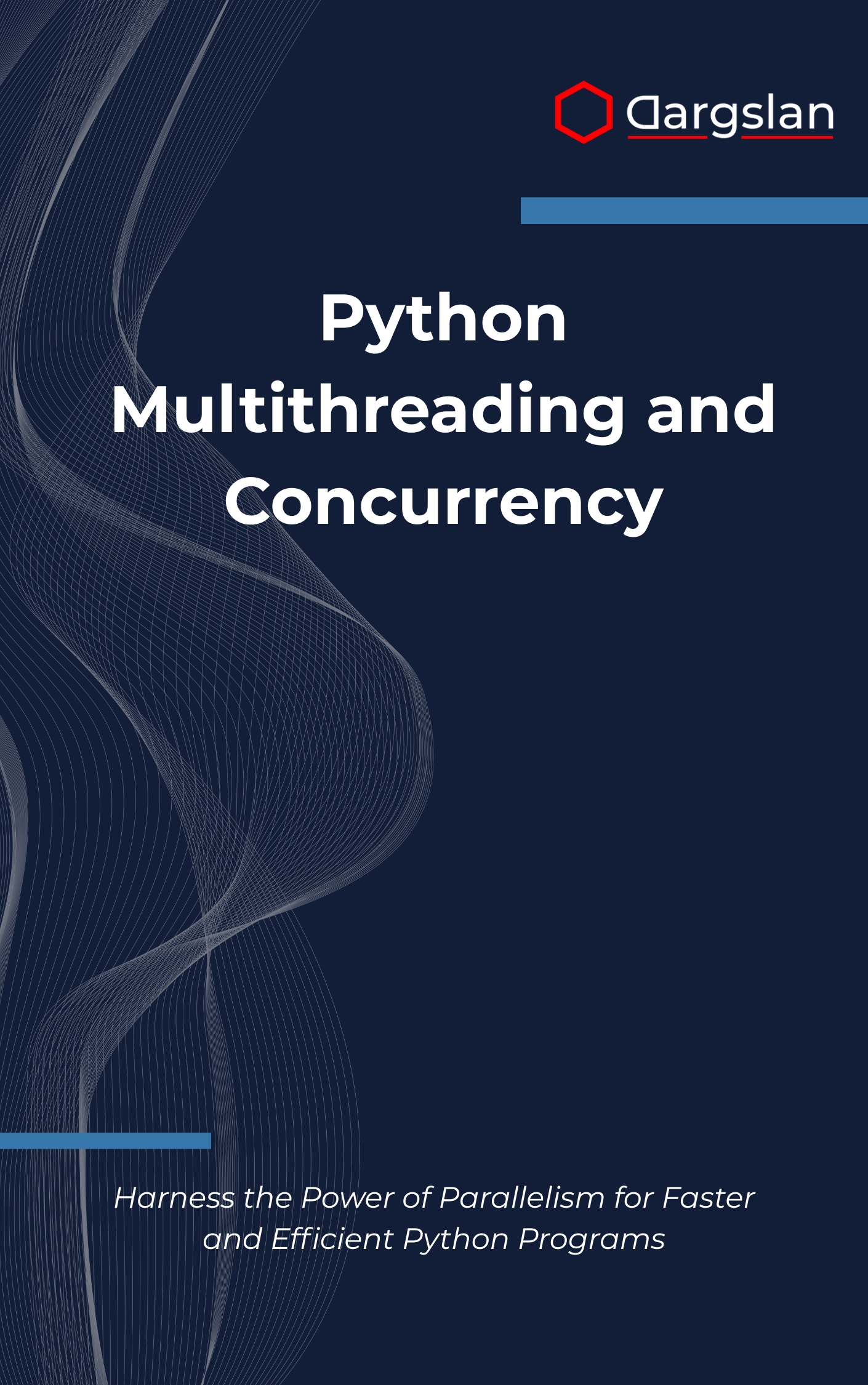Python Multithreading and Concurrency
Python Multithreading and Concurrency,Speed up Python apps using threading and concurrency for optimized performance.

Want to make your Python apps faster, smoother, and capable of handling many tasks at once? This expert-crafted guide shows you how to scale your programs with confidence, from simple threads to powerful parallel pipelines. If you build web services, process large datasets, or need snappy user experiences, this book unlocks practical concurrency patterns you can trust.
Harness the Power of Parallelism for Faster and Efficient Python Programs
Overview
Python Multithreading and Concurrency is an IT book, programming guide, and technical book that shows you how to apply modern parallelism techniques in Python to real projects. Centered on Harness the Power of Parallelism for Faster and Efficient Python Programs, it gives you a clear roadmap to build responsive applications, reduce bottlenecks, and deploy scalable systems with Python.
You’ll move through Python threading fundamentals, thread synchronization and locks, thread pool executors, multiprocessing for CPU-bound tasks, interprocess communication patterns, asynchronous programming with asyncio, concurrent futures and executors, Python Global Interpreter Lock (GIL), debugging concurrent applications, profiling parallel code performance, combining concurrency models, thread-safe data structures, process-based parallelism, async/await patterns, concurrent web scraping, parallel data processing, distributed computing concepts, and production deployment strategies—building practical skills step by step in plain Python.
Who This Book Is For
- Intermediate Python developers who want to boost performance and responsiveness, with a hands-on path to safe threading, multiprocessing, and asyncio patterns.
- Backend and data engineers aiming to scale pipelines and services, learning when to choose threads, processes, or async I/O for real-world workloads.
- Professionals preparing for advanced roles or interviews—get the confidence to implement parallel solutions and ship production-grade concurrency.
Key Lessons and Takeaways
- Design the right concurrency model for the job by distinguishing I/O-bound from CPU-bound work, then choose threads, processes, or async I/O to maximize throughput.
- Apply thread-safe techniques—locks, queues, and thread-safe data structures—to protect shared state, eliminate race conditions, and simplify coordination.
- Master async/await patterns and executors to combine asyncio with pools for hybrid architectures that handle millions of I/O events alongside CPU-heavy tasks.
Why You’ll Love This Book
The writing is clear, example-driven, and grounded in practical engineering needs. You get step-by-step guidance, real performance benchmarks, and patterns that translate directly into shipping code. From understanding the GIL to composing thread pools and async tasks, every chapter bridges theory with hands-on exercises and production realism.
How to Get the Most Out of It
- Start with fundamentals, then build upward: threads and synchronization first, multiprocessing for CPU-bound tasks next, and asyncio for scalable I/O. Revisit the comparison guidance to refine your architectural choices.
- Bring the examples into your codebase: integrate pools for batch jobs, adopt queues for safe producer–consumer workflows, and use structured logging for debugging concurrent applications.
- Complete mini-projects like concurrent web scraping, parallel data processing with worker fleets, and a simple async service that offloads CPU work to executors—then profile parallel code performance to validate gains.
Get Your Copy
Ready to ship faster, scalable Python applications that don’t choke under load? Level up your concurrency skills today and turn performance into a competitive advantage.




